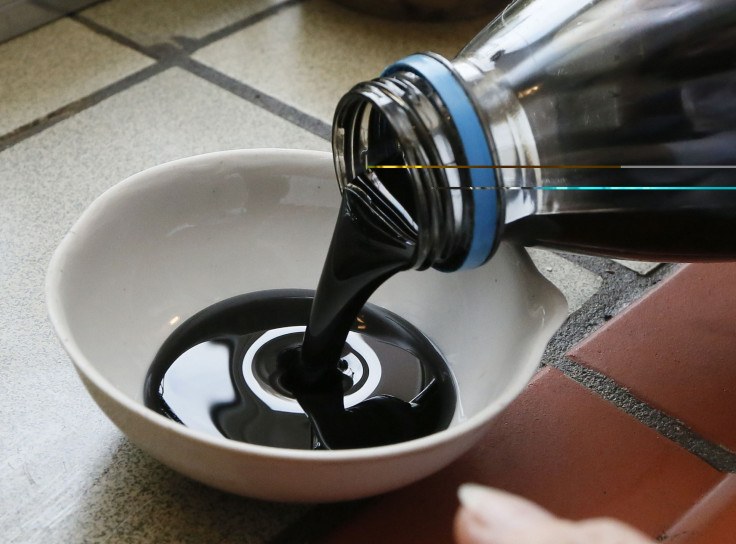IEA Revises World Oil Demand Growth Sharply Lower

(Reuters) - The world will see much weaker oil demand growth in 2015 than forecast previously, the International Energy Agency said on Tuesday, adding that oil prices may drop further.
"Recent price drops appear both supply and demand driven. Further oil price drops would likely be needed for supply to take a hit – or for demand growth to get a lift," the agency representing industrialized nations said in a monthly report.
Oil prices fell for a third straight month in September, and benchmark Brent prices have reached a four-year low of around $88 per barrel in October on abundant supply, slowing demand growth and a strong U.S. dollar.
Brent has fallen by over 20 percent since June, when turmoil in Iraq lifted prices to $116 per barrel.
The IEA said it had cut its estimate for 2014 oil demand growth by 200,000 barrels per day (bpd) to 0.7 million bpd. In 2015, it expects demand to expand by 1.1 million bpd to 93.5 million bpd, up by 1.2 percent but 300,000 bpd less than previously forecast.
"Demand growth ... may have touched bottom. While economic forecasts have been trimmed, with the IMF lowering its outlook for the third time this year, the latter is sticking to its view of a continuing economic recovery – albeit a slower and more 'brittle' one than anticipated," the IEA said.
Sharply lower oil prices since the second quarter of 2014 should provide some support to global oil demand, but the overall weak economic environment is likely to prove dominant, it added.
Meanwhile, global oil supply rose by almost 910,000 bpd in September to 93.8 million bpd, with higher OPEC and non‐OPEC output.
Compared with a year earlier, total supply stood 2.8 million bpd higher as OPEC supply swung back to growth and amplified robust non-OPEC supply gains of 2.1 million bpd.
The IEA added that it expected non-OPEC supply growth to average an impressive 1.3 million bpd in 2015.
"Total U.S. liquids production continues to exceed Russian and Saudi Arabian oil supplies. We estimate that total U.S. total liquids output will be above 12.0 million bpd next month and will remain above that threshold through December 2015," it said.
OPEC crude oil output surged to a 13-month high in September, led by recovery in Libya and higher Iraqi flows. Production rose 415,000 bpd from August to 30.66 million bpd.
The IEA said that because of weaker global demand outlook it had cut its estimate for demand for OPEC crude by 200,000 bpd for 2015 to 29.3 million bpd.
That is more than 1 million bpd below the current production levels, yet OPEC has yet to signal any plans to trim its production at the next meeting at the end of November.
"Kuwait has said a supply cut is unlikely, and top exporter Saudi Arabia is signaling it may be willing to tolerate a period of lower prices," the IEA said.
Supplies from top OPEC producer Saudi Arabia edged up by 50,000 bpd in September to 9.73 million bpd. The IEA said flows might ease in October due to slower seasonal demand for domestic crude burn.
"Riyadh appeared determined to defend its market share in the increasingly competitive Asian market, cutting its formula prices for a fourth consecutive month," the IEA said.
© Copyright IBTimes 2024. All rights reserved.





















